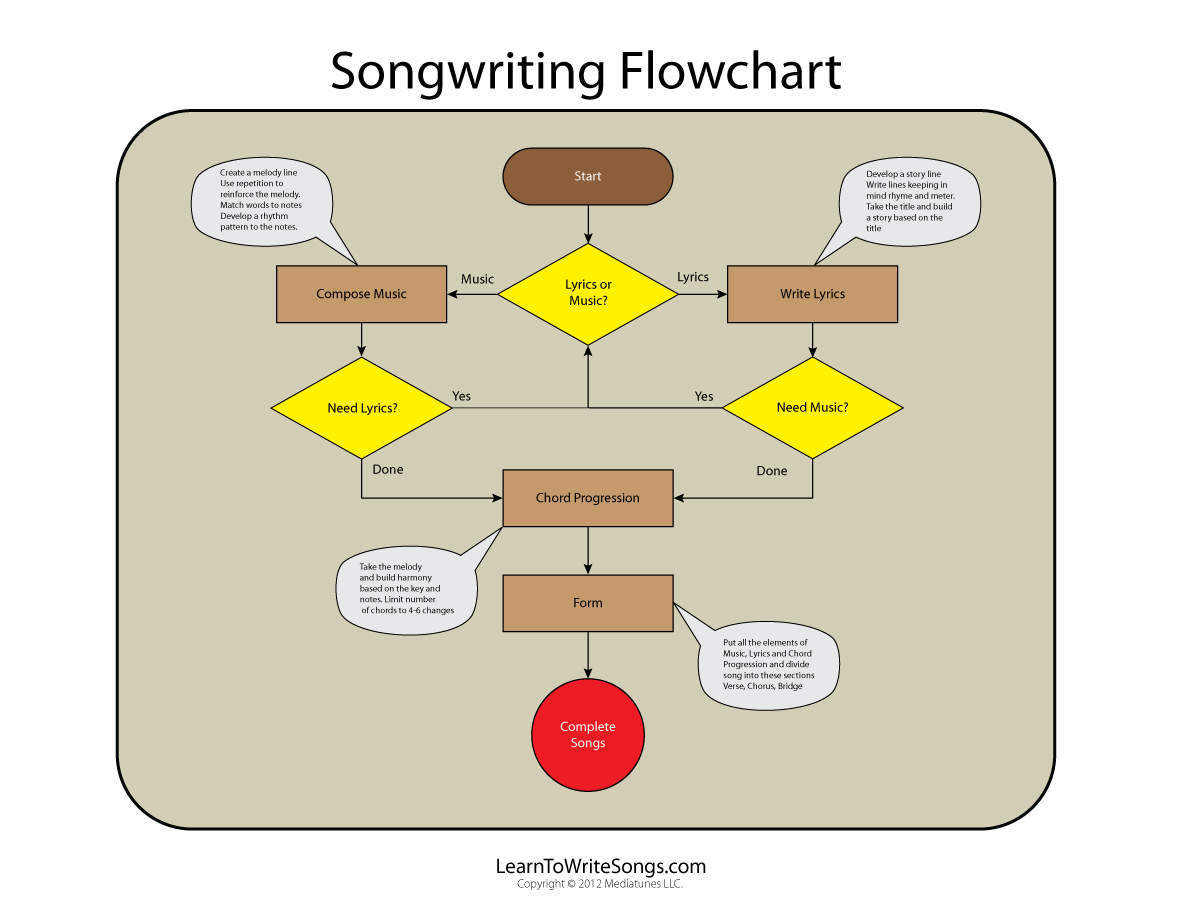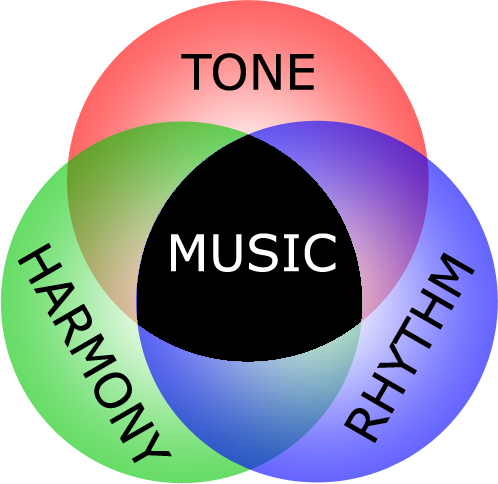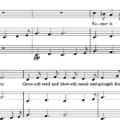5 Musical Elements Hit Songs Have In Common


How do musicians write their hit songs? There are tons of opinions and books out there on this subject, written from songwriters. A majority of these manuals are written by analysts who do not have any songwriting experience but are good at studying patterns. Is there a secret formula out there that can push the aspiring songwriter to overnight stardom?
As it stands, the search for the hit song’s secret sauce is still on. When asked about it, Lamont Dozier, a Motown legend said that he does not know what the recipe is that creates hit songs. Nevertheless, the songwriter who has crafted 78 top ten songs says that he can sense a hit song by what he ‘feels’.
Since hit songs have a certain ‘feel’, then it is proper to say that these ballads have common elements hit songs have in common.
What do all hit songs have in common?
The songwriting process is an intensely personal creative process that combines intimate experiences and ridiculous ideas to build a powerful anthem.
When a songwriter is immersed in this process, it is never clear to them that they are building an anthem. Gloria Gaynor’s I Will Survive, for instance, was a B-side track before a DJ stumbled upon it. There are, however, some aspects of this song that makes its listeners feel good.
It also has basic chords and a repetitive chorus. These features act as a signpost to new listeners, guiding them through the sounds of a new song. They give a feeling of familiarity to listeners, raising their excitement and anticipation over what lies ahead in the track.
This feeling is very comforting and draws in more fans to the song, which could eventually push it to the top of the charts. The five elements hit song illustrated below can build such signposts in your song, and create a piece that resonates with its audience, accelerating you towards hit songwriting.
How to write a hit song every time using 5 musicals elements
These elements hit songs use may sound too technical for a creative process. Still, they are easy to grasp because they are grounded in the phenomena of harmony and melody. Every instrumentalist and singer demonstrates their understanding of these two concepts whenever they sing or play an instrument.
You, too, are exposed to the concepts of melody and harmony as naturally as you are familiar with air and motion resistance, the guiding principles behind playing catch. Like most people, you learn of harmony and melody via trial and error, just as you do with games like ‘catch’.
Melody
When the future humans study the history of humanity, they will definitely come across Baby Shark, an internet phenomenon that became the ultimate earworm song. Just about any person that has listened to it can attest that it is so sticky that once it registers on your brain, it will be an effort to get it out.
Starting as an anthem for toddlers, the wholesome song is the second most-watched video on YouTube. Not just because it is a well-made video with fun toothy sharks and cheery kids. But because its repetitive melody is very infectious.
Melody is hands down the most critical element of songwriting. It is also referred to as the tune. The melody is a series of notes or pitches that, on organization, form a fantastic pattern or shape in the mind of the listener. Melody has movement because it is a function of pitch and time.
This element also has shape because its notes move up and down as the tune progresses. Most songs have a lead singer belting out the melody to the accompaniment of supporting musicians.
Harmony
Queen’s Bohemian Rhapsody is a fantastic six-minute-long celebration of harmony. One of the most famous songs ever penned this song has it all ranging from rocking guitar work to an engaging storyline. Its perfect use of the element of harmony, however, makes it the ideal fun sing-along choice.
Harmony arises when various pitches combine into groups of notes known as triads or chords. These groups will harmonize the song, and you can hear a simple harmony when as few as two harmonious notes are played together.
Dynamics
Dynamics in music refer to the volume of a note or sound. Few musicians in history have explored this element as classical musicians have. Take Ludwig van Beethoven’s Symphony No. 1, for instance. Its dynamic range is so wide that it is an outstanding work of art.
Since dynamics are relative, they do not refer to any particular volume level. Classic dynamic markings on printed musical notations are in Italian. They range from ‘p’ for piano to ‘ff’ for fortissimo, which means very loud.
Texture
Music texture is characterized by sound. Texture can, for instance, allude to a song’s dynamics, range, rhythmic complexity, or articulation. Terms that refer to this element often include a piece’s parts, number of voices, or relationships between the voices in it. The texture of your song can, therefore, be thin or thick. That depends on how much is ‘going on’ in the song.
Vocal forms
Classical music has a rather bad rap for its elitist and unapproachable vocal forms. Luciano Pavarotti’s Ah mes amis, for instance, has over nine high C’s, a terrifying vocal performance for any tenor. One of its top vocal forms, Aria, allowed a lead character to display their vocal chops dramatically, enhancing the performance’s storyline and driving an audience wild.
Vocal forms show a song’s vocal weight, range, timbre, tessitura, and transition points. There are specific vocal types for women, such as the soprano and tenors for men.
Conclusion
You can easily tell a hit song by merely listening to it because it has a certain ‘feel’ that makes your nerves tingle. This feel is a combination of these elements above. Combining them to produce a hit song that is relatable and easy to connect with is where the magic happens. Use royalty-free music in your next hit song for free.
David Freudenberg is apart of the Public Relations team at DJO Productions a multi-platform production website where videographers, producers, artists, marketers, and more can download SFX&Music, VFX, Media Elements, Graphics, 3D images, and more. When he is not building relationships at DJO Productions he enjoys fishing, boating, and hanging with friends.








I love music and music is my hobby